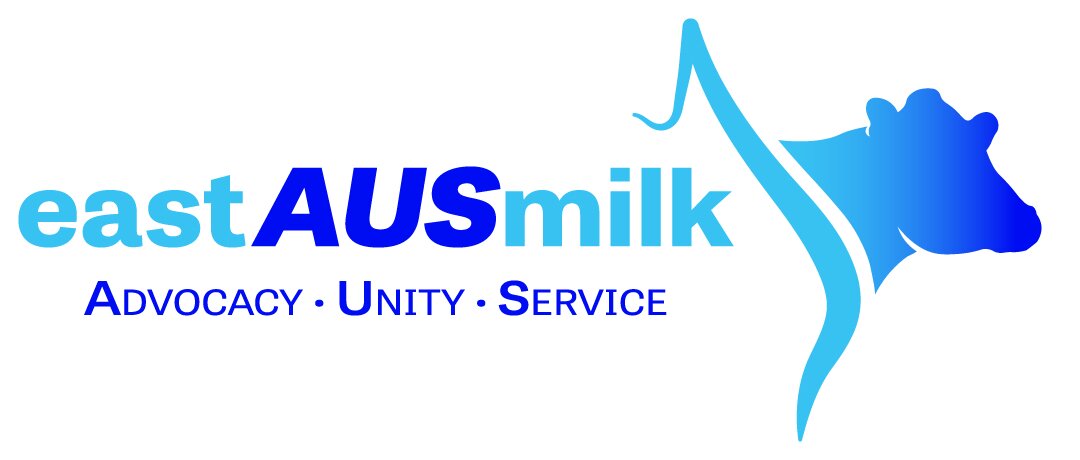Kyabram dairy farmers boost soil nitrogen without urea
Urea prices of $1300 a tonne stretch their budget, so this Kyabram family is trying something different in their paddocks.
Dairy farmer Andrew Murphy has a bright idea that he hopes will lead to big savings on input costs and boost soil health on his family’s Kyabram farm.
It is an experimental plan to use a multi-species forage crop – including vibrant sunflowers now in bloom – planted across 10ha to decrease the need for urea.
“We thought when fertiliser prices are at record levels there is no better time to try something new,” Andrew said.
Andrew works full time running 530 Holsteins on the 345ha property with his parents, Kevin and Jan, and his partner, Stephanie Mendes.
This is the first time they have dabbled in regenerative agriculture, starting the trial in November against a backdrop of skyrocketing fertiliser prices.
They sowed a mix of 10 plant species, including sorghum, millet, cow peas, fenugreek, lab lab, sunflower, mustard, forage rape, buckwheat and mammoth purple top turnip.
“A few of the species didn’t survive. A lot of the broad leaf plants didn’t love the flood irrigation,” Andrew said. “But the sunflowers and sorghum and millet have really thrived.”
Their cows graze the paddock every 10 days. The goal is to add diversity to the herd’s diet, unlock soil nutrients and mulch the organic matter back into the ground to increase nitrogen.
Andrew said the “ideal outcome” would be to reduce their reliance on synthetic fertilisers over the next five years.
“As a dairy we have a high rate of phosphorous in our soils,” he said. “It is only really nitrogen that our soils are deficient in.
“So we are trying to use plants to fix nitrogen, as opposed to using urea at $1300 a tonne.
“Short term we will probably lose a little in milk (production), but financially you haven’t got the inputs so you should be better off.”
Some of the shorter plant species had been munched by the herd already, while the tall sunflowers would be one of the last to be grazed due to their height, Andrew said.
Meanwhile, the flowers have also attracted plenty of pollinators.
“It is pretty cool to see all the bees in them,” Andrew said.

